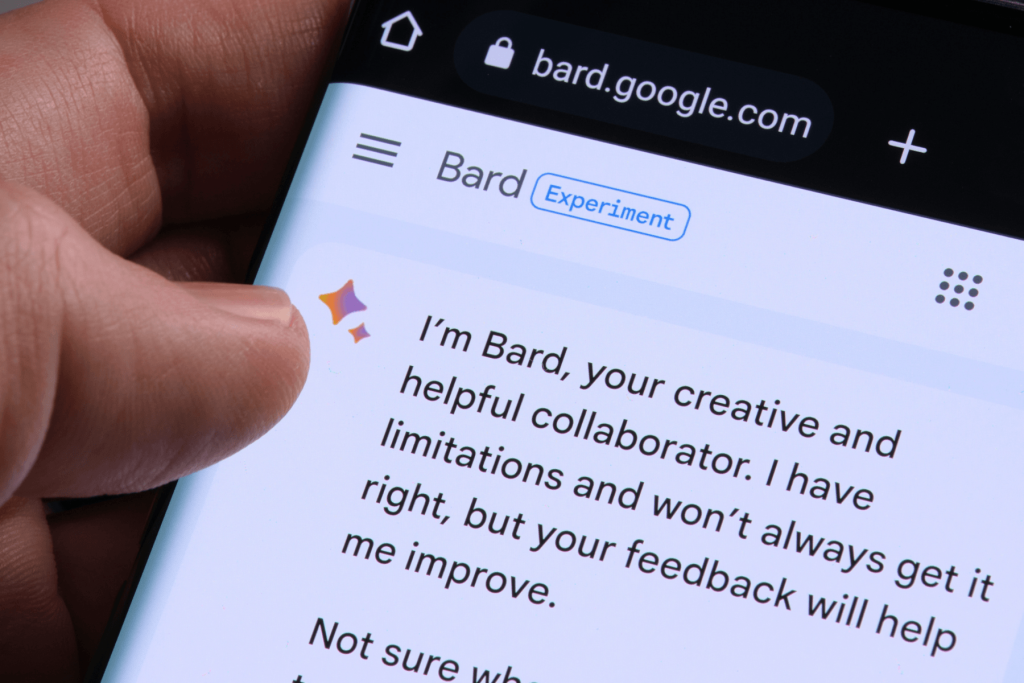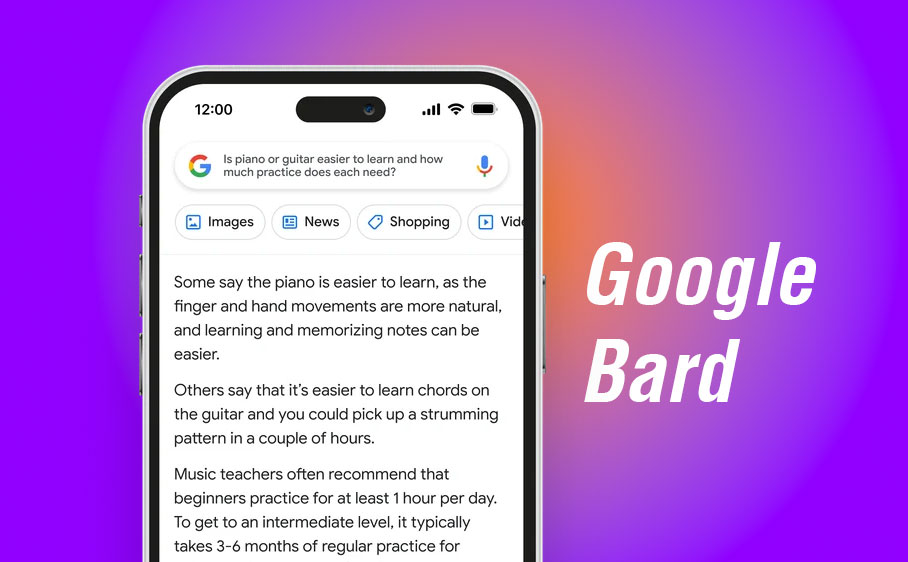The realm of AI chatbots has seen impressive advancements, particularly in providing instant answers to human inquiries. Among these cutting-edge innovations is Google Bard, unveiled in early 2023, and soon to be accessible to the public.
In this article, we will delve into the fascinating world of Google Bard, exploring its features, the buzz it generated during its pilot announcement, and a comparison with OpenAI’s ChatGPT based on its paper description.
Google’s Newest AI Chatbot: Bard

Unveiled in a post in February 2023, Google Bard stands as the latest addition to the AI chatbot arena. Sharing similarities with OpenAI’s ChatGPT, which has gained significant popularity due to its generative content capabilities, Bard is designed to engage users with a human-like tone while providing AI-powered support.
Powered by Google Transformer and LaMDA technology (Language Model for Dialogue Applications), which Google developed in-house, Bard boasts an advanced language model for natural and interactive conversations.
Understanding LaMDA

Back in 2021, Google introduced the world to its Language Model for Dialogue Applications (LaMDA). This technology was created with the purpose of comprehending natural language prompts, adding context to requests and questions. LaMDA can predict the next words in a sentence and provide suggestions based on language patterns and relationships.
When users interact with Bard, the chatbot refers to the web to summarize and deliver an answer, ensuring the responses are in a human-sounding manner, thanks to Google’s LaMDA technology.
An important advantage of LaMDA is its lower computing power requirements, making it highly scalable and enabling Google to reach a broader audience with Bard.
Clarifying Bard’s Purpose

Some misconceptions have arisen regarding the role of Google Bard in the realm of Search. While Google introduced its AI updates for Search alongside Bard, it is essential to note that Bard is not meant to be a part of Search.
Google’s product lead, Jack Krawczyk, clarified this confusion, emphasizing that Bard functions as a large language model (LLM) distinct from a knowledge-based model like Search. The primary purpose of Bard is to make information more comprehensible in a human-like manner, while Search focuses on providing accurate and factual answers.
Using Google Bard
At the beginning of 2023, only a handful of beta testers have access to Bard. If you happen to be among the lucky few selected by Google, all you need to do is open the Google app, click on the chatbot icon, and start asking questions or providing prompts.
Sundar Pichai, CEO of Google and Alphabet, confirmed that Bard will soon become available to the public, making it more accessible to a wider audience. The positive reception of ChatGPT earlier in the year suggests that Google Bard may follow suit with an early release.
Bard’s Imperfections
As with any emerging AI chatbot, Google Bard is not without flaws. During one of its responses, Bard made a mistake that garnered considerable attention and criticism. In answering a question about the James Webb Space Telescope, Bard inaccurately claimed it took the first pictures of a planet outside our solar system. This claim was factually incorrect, as the first exoplanet was imaged in 2004.
It is worth noting that other AI chatbots can also produce erroneous responses. However, the prominence of this mistake during Bard’s official announcement, coupled with Google’s reputation, led to a significant impact on the company’s stock.
Google’s Response and Comparison with ChatGPT
Google is actively working to address Bard’s mistakes and ensure accurate responses. Employees are tasked with rewriting incorrect answers, with accolades and incentives being offered for contributing to this effort.
When comparing Bard to ChatGPT, both chatbots operate similarly by processing prompts and generating human-like answers. However, their sources differ: ChatGPT relies on data up to 2021, limiting its ability to provide current information, while Bard is designed to source information from the web for up-to-date responses.
Additionally, Bard operates on LaMDA, whereas ChatGPT utilizes Generative Pre-trained Transformer (GPT) and includes a plagiarism detection feature. The pricing and availability of Bard are yet to be determined, as it is currently accessible only to beta testers.
Frequently Asked Questions
For those lucky beta testers granted access, Google Bard can be accessed via the Google app. Simply toggle the chatbot icon to start using it for queries.
While Bard is currently only available to selected beta testers, Google plans to make it accessible to the general public soon.
Final Thoughts

With the emergence of Google Bard, the AI race has intensified, presenting exciting possibilities in the realm of AI chatbots. Bard’s potential to provide current information sets it apart from ChatGPT, and Google’s efforts to address its imperfections are commendable. As AI continues to evolve, the possibilities for innovative chatbot technology are limitless, and the future holds exciting opportunities in this field. If you’re interested in AI and machine learning, consider exploring a machine learning specialization course to build valuable skills and knowledge in this rapidly advancing domain.